Shipping quote request
We’ll calculate the shipping price as soon as getting your request.
You are now following Lounge Chairs. You can manage alerts in your account settings.
You have unfollowed Lounge Chairs.
Shipping quote request
We’ll calculate the shipping price as soon as getting your request.
You May Also Like
Sponsored Products
German Lounge Chair with Ottoman in Oak by PGH Erzgebirge, 1960s, Set of 2
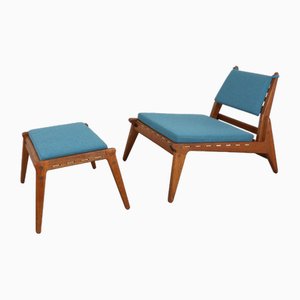
Mid-Century Scandinavian Bågen Chair by Engström & Myrstrand for Nässjö Stolfabrik, 1950s
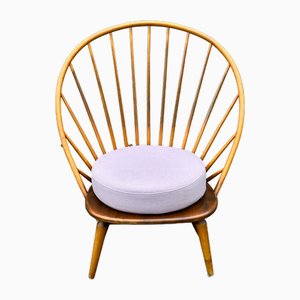
Vintage Armchairs by Marco Zanuso, 1950s, Set of 2
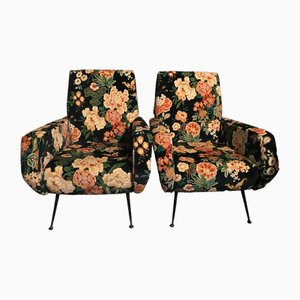
Lounge Chairs by Chresten Findahl Brodersen for Findahl Møbelfabrik, Set of 2

More from this Dealer
Antique Linen Wardrobe, 1738
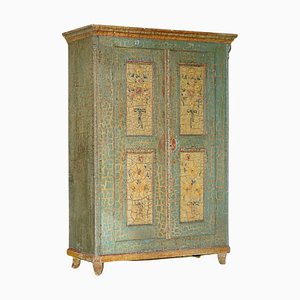
Victorian Hand Painted Wall Hanging Mirror Depicting Lady
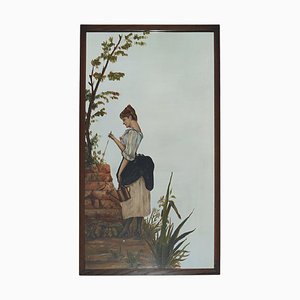
Stamped Burr Walnut Console Tables from David Linley, 1993, Set of 2

Britannia Sterling Silver Coffee Pots from Harry Freeman, 1912, Set of 2

Patina Painted Finish Library Reading Bookcase Steps Ladder, 1880s

Vintage Hardwood Carved Coffee Side Nesting Tables, Set of 3
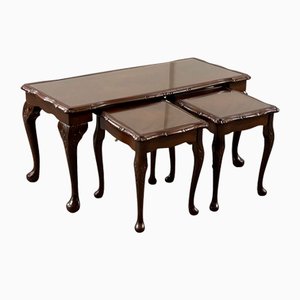
Vintage Emeco 111 Brushed Aluminium Counter Bar Stools, Set of 4
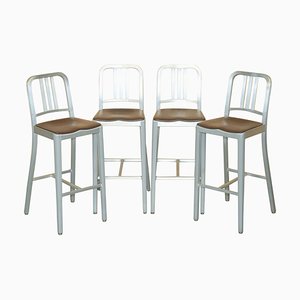
Antique Hardwood Pedestal Desk with Green Leather Writing Slope Drawer
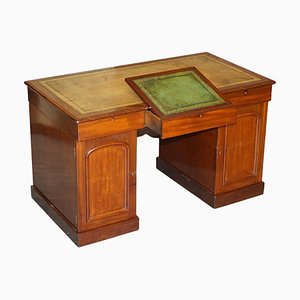
Antique Chesterfield Armchairs from Howard & Sons, 1870, Set of 2
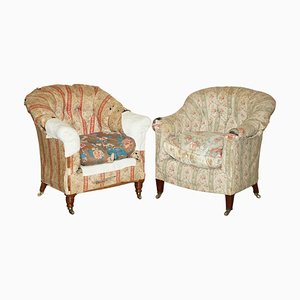
Thomasville Safari Leather Woven Armchair & Footstool Ottoman Brown Leather, Set of 2
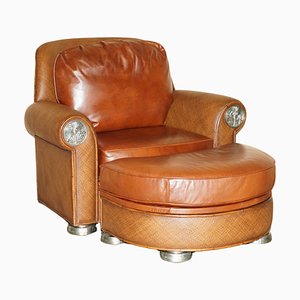
Large Red Dining Table
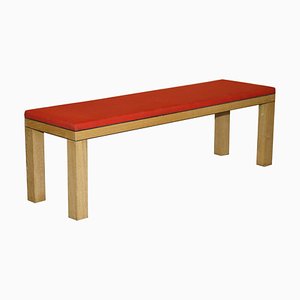
Antique Carved Upcycled Barrel Bars or Side Tables, Set of 2
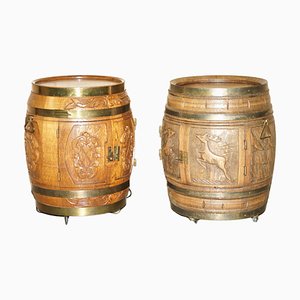
Large Honken Bla Station Armchairs by Thomas Bernstrand, Set of 2
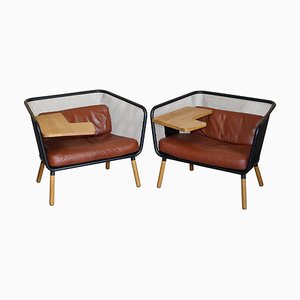
French Burr Fruitwood Refectory Dining Table
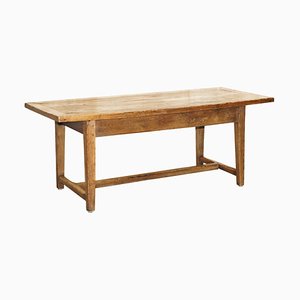
Liberty London Omersa Style Brown Leather Pig Footstool
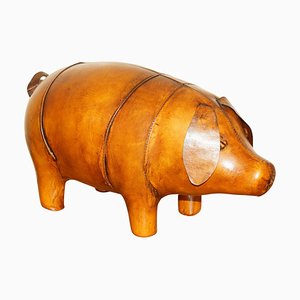
Sterling Silver Dragon Cocktail Shaker, 1900s

Bronze Marly Horses Louvre Statues After Guillaume Coustou, Set of 2
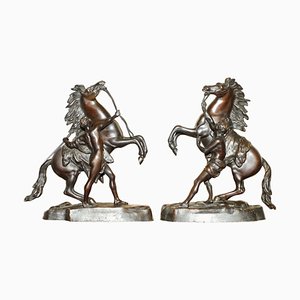
Antique Art Nouveau Brass Height Adjustable Standing Floor Lamp with Sculptured Frame
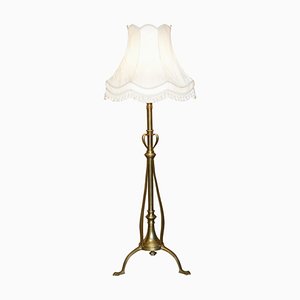
Henry VIII Armorial Coat of Arms FirePlace, 1400
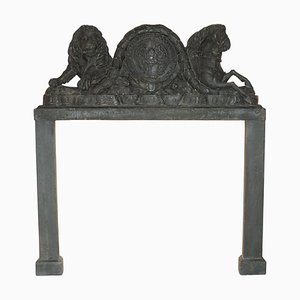
Vintage Oxblood Leather and Flamed Hardwood Coffee Table
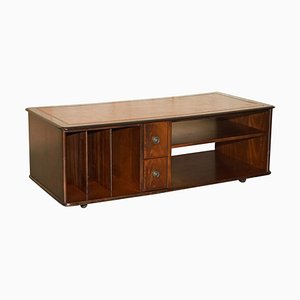
More Products
Get in Touch
Make An Offer
We noticed you are new to Pamono!
Please accept the Terms & Conditions and Privacy Policy
Get in Touch
Make An Offer
Almost There!
To follow your conversation on the platform, please complete the registration. To proceed with your offer on the platform, please complete the registration.Successful
Thanks for your inquiry, someone from our team will be in touch shortly
If you are a Design Professional, please apply here to get the benefits of the Pamono Trade Program